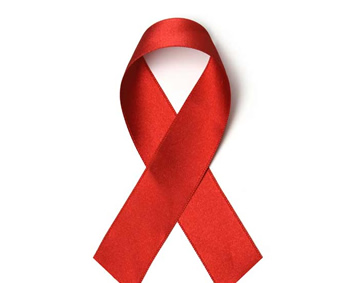
- South Sudan is on the brink of an all-out economic collapse.
- This is due to the country’s inability to manage its numerous crisis.
- The UN warns that the food crises would become preeminent by next year.
A recent report by the United Nations earlier today revealed that a third of the South Sudanese population are at risk of starvation.
Riddled with internal conflicts, which have spanned most of its young lifespan, South Sudan currently stands as one of the poorest countries in the world, with a little over a dozen countries posting poorer numbers than it.
As a result, the country is utterly ill-equipped to deal with complex economic challenges, some of which include climate change and Russia’s invasion of Ukraine.
In the previous month alone, the UN's emergency response agency OCHA reported that around 909,000 people were affected by the floods in South Sudan.
The recent joint report by the Food and Agriculture Organisation, the UN children's fund UNICEF and the World Food Program disclosed that the country is currently facing its worst food insecurity ever.
The report revealed that the country has not faced this level of malnourishment and food scarcity since it became independent. The current food crisis in the country right now even tops the 2013-2016 food crisis in the country that was spurred by civil war. Around 400,000 Sudanese people lost their lives during the conflict that lasted five years from 2013.
Currently, the UN estimates that 7.76 million people are likely to face acute food insecurity in 2023, while 1.4 million children will be malnourished.
Hunger and malnutrition are on the rise across the flood, drought, and conflict-affected areas of South Sudan, with some communities likely to face starvation if humanitarian assistance is not sustained and climate adaptation measures are not scaled up” The report read in part.
According to the report, conflict, poor macroeconomic conditions, extreme climate events, spiraling costs of food and fuel, and a decline in funding for humanitarian programs are the cause of food insecurity.
Read Full Story























Facebook
Twitter
Pinterest
Instagram
Google+
YouTube
LinkedIn
RSS